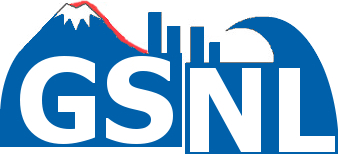Geohazard Permanent Supersites (Supersites) are single sites or extended areas of high priority to the geohazard community, in which single or multiple geological hazards pose a threat to human population and/or critical facilities.
Supersites:
- are areas where focused scientific investigations can increase the scientific understanding of the general geological and geophysical processes causing the hazards, allowing to reduce the uncertainty in hazard and risk assessment,
- make openly available data from all disciplines and sensors from both in-situ and satellite systems, through easy-to-access data infrastructures,
- support collaborative research activities of a broad international research community, favouring Open Science as the best approach to reduce the geohazard risks,
- should promote testing and adoption of innovative technologies for geophysical monitoring, data sharing, scientific collaboration, and communication to the stakeholders (including the public),
- promote the development of a community of generous and altruistic scientists and geohazard experts, who want to contribute to reduce the effects of earthquakes and volcanic eruptions,
- are part to the GSNL network, in which they may be asked to contribute expertise, capacities, infrastructures, training, to support the needs of other Supersites,
- are coordinated by local scientific institutes which have an official mandate for supporting the national risk and emergency management agencies with monitoring and scientific data and products,
- are not limited in time and will normally exist during the lifetime of the related activities or organizations, subject to a periodic review of their objectives.


